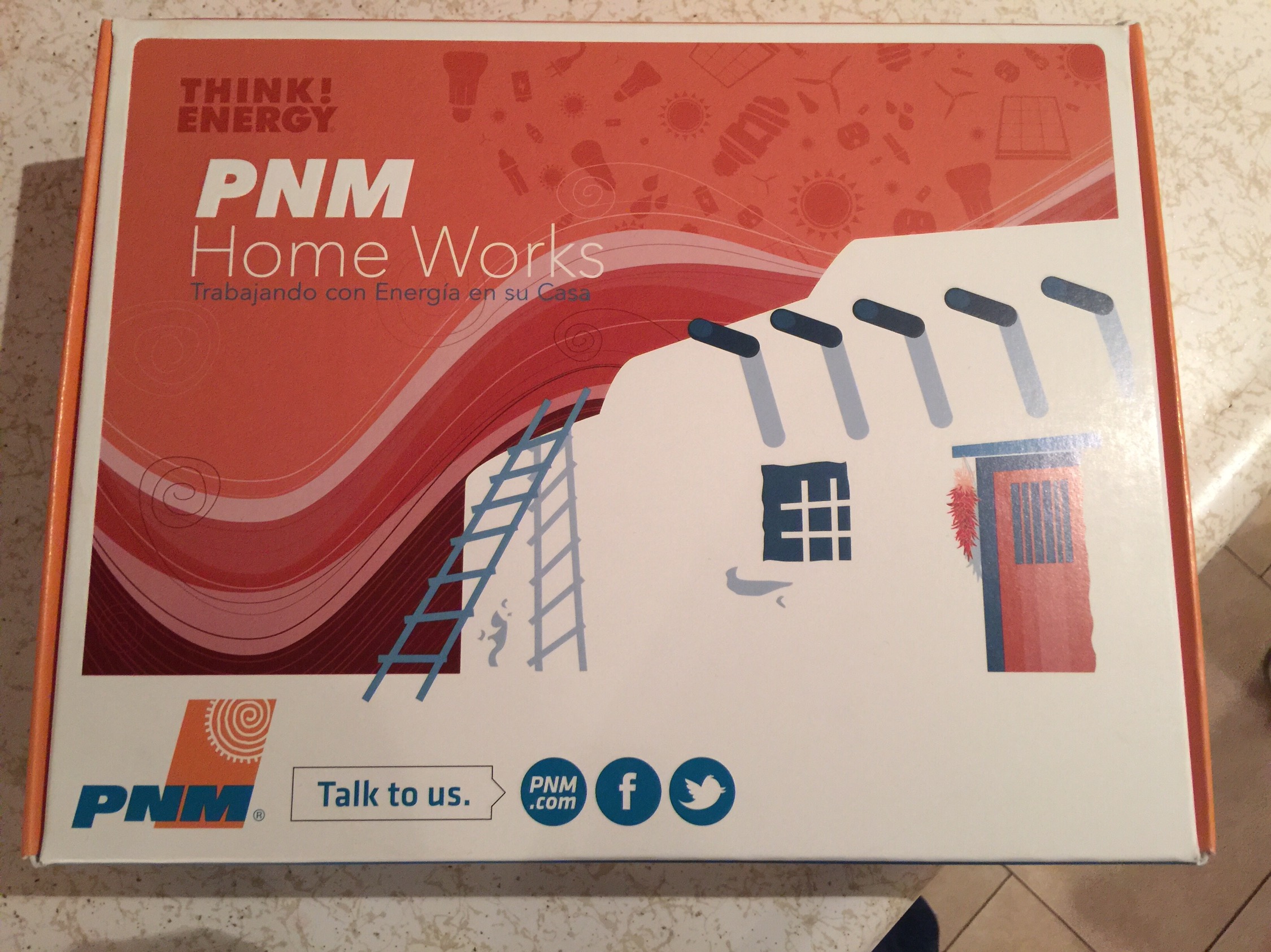Wanted to share a good article that was sent to me by Lauren Thompson at LeaderOne Financial Corp. about the data breach.
Feel free to contact me with any other questions you may have! Michael Dunn 505-379-5849 AbqDunn@gmail.com
EQUIFAX DATA BREACH: THE FACTS AND WHAT TO DO
Here are the facts, according to Equifax. The breach lasted from mid-May through July. The hackers accessed people’s names, Social Security numbers, birth dates, addresses and, in some instances, driver’s license numbers.
Regardless of whether or not your clients’ information was exposed, U.S. consumers can get a year of free credit file monitoring and identity theft protection. The site will give them a date when they can come back to enroll. They are advised to write down the date and come back to the site and click “Enroll” on that date. Deadline to enroll is November 21, 2017.
Consumers quickly pointed out that Equifax’s terms of service include a consumer-unfriendly piece of legalese known as an arbitration clause, which bans parties from joining class action lawsuits. If a court finds that Equifax was negligently lax with cybersecurity, people bound by the terms might be locked out of benefits, unless they file a new suit.
Equifax issued a new statement Sunday further clarifying its stance on the arbitration clause. “To confirm, enrolling in the free credit file monitoring and identity theft protection products that we are offering as part of this cybersecurity incident does not prohibit consumers from taking legal action,” Equifax said. The company said it has now removed the arbitration language from the terms of use on its data breach notification site, www.equifaxsecurity2017.com.
There are steps your clients can take to help protect their information from being misused. They can visit Equifax’s website to see if they were impacted and can also access frequently asked questions at the site.
Per the FTC, here are some other steps to take to help protect themselves after a data breach:
• Check credit reports from Equifax, Experian, and TransUnion — for free — by visiting annualcreditreport. com. Accounts or activity that they don’t recognize could indicate identity theft. They would then visit IdentityTheft.gov to find out what to do.
• Clients should consider placing a credit freeze on their files. A credit freeze makes it harder for someone to open a new account in their name, but keep in mind that it won’t prevent a thief from making charges to their existing accounts. Websites to freeze credit can be found through Experian, Equifax, TransUnion, and Innovis. Once they do freeze their credit, it’s best to keep their login information in a safe place, because it can be very difficult to remove the freeze without login info.
• Monitor existing credit card and bank accounts closely for charges they don’t recognize.
• If they decide against a credit freeze, they should consider placing a fraud alert on their files. A fraud alert warns creditors that they may be an identity theft victim and that creditor should verify that anyone seeking credit in their name.
• File taxes early — as soon as they have the tax information they need, before a scammer can. Tax identity theft happens when someone uses another person’s Social Security number to get a tax refund or a job. They are advised to respond right away to letters from the IRS.







